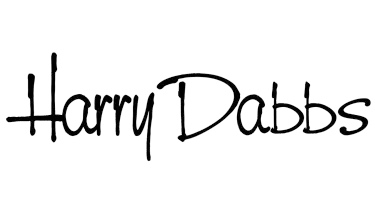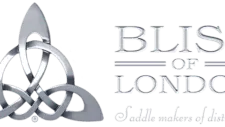Benefits of weighing a horse
It’s important to weigh your horse to carefully monitor weight gain and loss. However, weighing your horse is also helpful for:
- calculating how much your horse needs to eat
- calculating the correct dosage of medicine or wormer
- deciding a suitable weight management programme
Obesity in horses can also lead to a number of health issues, including laminitis, heart disease and equine metabolic syndrome. Regularly weighing your horse will help you to manage their weight accordingly.
It's a common misconception that some breeds, such as cobs, are able to carry more weight than others. Excess fat coverage is a health risk to any horse or pony regardless of its breed or type. A healthy body score of two to three and a half should be maintained for all horses and ponies.
Methods of weighing a horse
Body scoring
Body condition scoring – or fat scoring – is an objective way to determine if your horse is a healthy weight. Body scoring looks at the amount of fat being stored as a whole over the horse's body. It does not require any equipment – just your hands, eyes, and a bit of time every couple of weeks.
Body scoring works by looking at three sections of the horse – the neck and shoulders, the middle, and the hindquarters. Using your hands, feel for fat deposits in each section. Then objectively and honestly score your horse using a body score chart.
You'll find instructions and diagrams in our in-depth guide to body scoring horses.
Weight tape
A horse weight tape can be used to calculate an approximate weight for your horse. Weight tapes are easy and affordable to buy, and small enough to be kept in your tack box. To keep your readings consistent, use the same brand of weight tape every time you weigh your horse. A weight tape is best used in combination with body scoring.
To use a weight tape, stand your horse square on a flat surface. Simply place the 'zero' end of the weight tape at the lowest point of your horse’s withers. Bring the tape all the way around the horse’s girth, passing behind the elbows. Pull the tape up to meet the 'zero' for the approximate weight of your horse.
Weight formula
The weight formula gives a slightly more accurate result than a weight tape and can be useful for monitoring changes in weight. This calculation requires a tape measure (in inches). The formula you’ll need is:
(Heart girth x heart girth) x body length ÷ 330 = weight
To measure your horse’s heart girth, place the tape measure all the way around the body where the girth would normally sit. The body length can be measured from the point of the shoulder in a straight line to the point of the buttock on one side. Your horse’s weight will be in pounds (lbs). The weight formula can also be used in combination with body scoring.
Weighbridge
A weighbridge is a large set of scales used for measuring the weight of a horse. Using a weighbridge is the only truly accurate way to calculate your horse’s weight. A weighbridge is used by standing a horse squarely on top of the scales.
They can be hired for a fee, usually from a vet or an equine nutritionist. Feed companies will also visit yards for weight and nutrition services. If you're sharing a yard with others, it's a good idea to hire a weighbridge for all horses on the same day.
Top tips for managing your horse’s weight
Weigh your horse regularly
Weighing your horse consistently using one of the above methods can help you to monitor your horse’s weight. Measure your horse’s weight every two weeks and keep a record of this over time. This will help you to manage their diet accordingly.
Do not withhold fibre
Horses are trickle feeders – this means they are designed to graze for the majority of the day. When restricting grazing for weight loss, it's important to find a balance. Horses should have no less than 1.5% of their bodyweight in forage per day. You can speak to your vet or an equine nutritionist for advice on the best diet for your horse.
Reduce rugs
Reducing rugs can allow your horse to lose weight naturally. Horses in the wild will use their fat to keep themselves warm. If your horse is turned out with shelter available, reduce unnecessary rugs and allow them to burn fat naturally. If your horse is older or has a thin coat, they may need to be rugged during cold or wet weather to help them maintain weight.
Introduce exercise slowly
Exercise can help in your horse's weight loss journey. If you're increasing exercise, you should build up your horse's fitness gradually. Pushing them too hard, too quickly can put them at risk of injury. If your horse is a non-ridden companion, there are still some exercises you can do:
- Walking in-hand
- Lunging
- Stretching
Make sure to leave time for warming up and cooling down before and after exercise sessions.
Always consult your vet for advice before making significant changes to your horse’s diet or fitness plan.
Make rations go further
Make rations last longer by spreading forage or feed in small piles around the pasture. Alternatively introducing a track system can keep your horse moving while they graze. A track system creates a track around the field with larger areas for resting throughout. Water, hay and other forage can be placed along the route. You can even use natural obstacles and enrichment ‒ such as logs and suitable bushes ‒ to encourage your horse to take their time while they eat.
A horse’s weight will fluctuate with the seasons, and each season comes with challenges and opportunities to help your horse maintain a healthy weight. Be prepared to adapt your horse's weight management plan throughout the year.
SOURCE: Blue Cross UK




